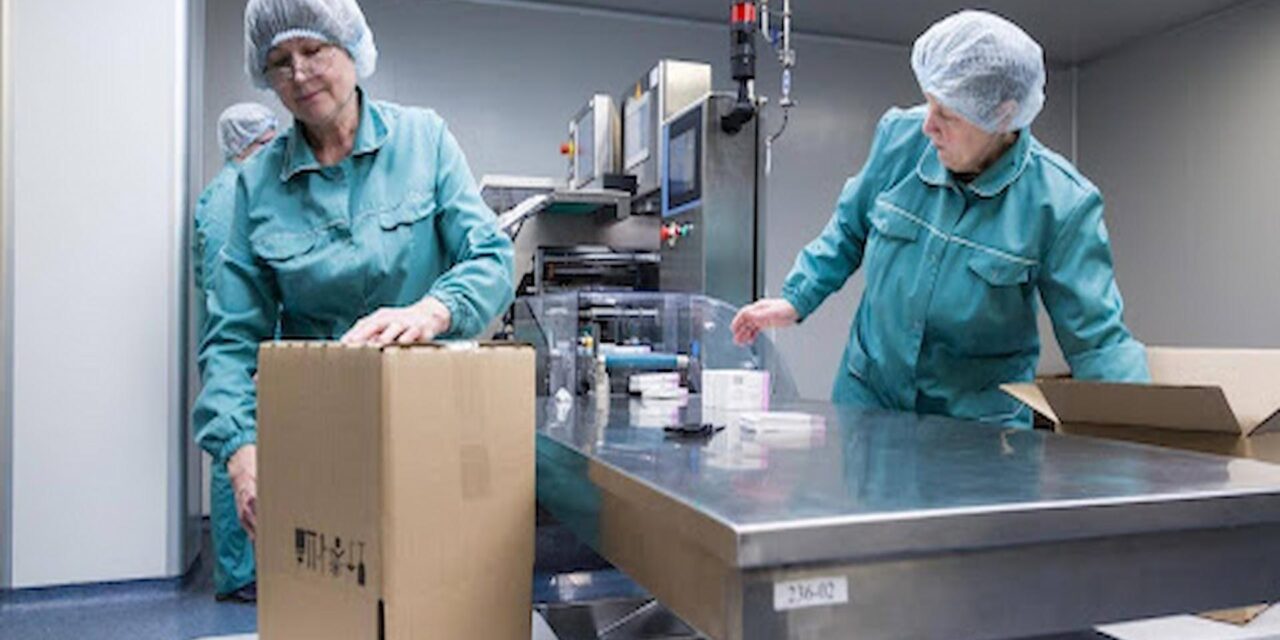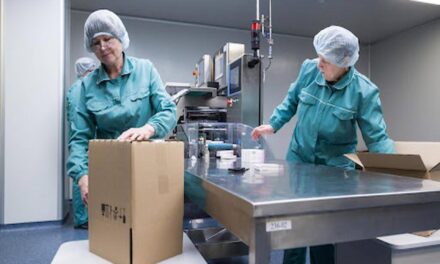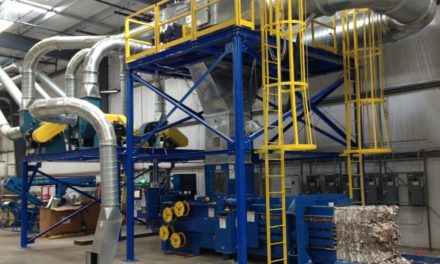
The Importance of Packaging Quality Inspection in Global Supply Chains and Quality Control China

Ever ordered something online that arrived damaged or looked nothing like what you expected? Frustrating, right? Now imagine that happening on a massive scale in global trade. That’s why smart brands put serious effort into Packaging quality inspection- it’s not just about pretty boxes; it’s about protecting products, maintaining trust, and ensuring consistency across every shipment.
With production happening all over the world, especially in fast-growing manufacturing regions like Asia, packaging has become a crucial link in the supply chain. And when it comes to maintaining consistent standards abroad, few systems are as rigorous as Quality control. Together, these practices make sure that what leaves the factory floor arrives at the customer’s doorstep in perfect condition.
Why Packaging Is More Than Just a Box
Most people think packaging is simply for branding or presentation. But for manufacturers and exporters, it’s a silent hero that ensures the product survives the journey. It has to endure humidity, rough handling, long sea voyages, and even storage in unpredictable conditions. A single weak point in packaging can ruin thousands of units- and that’s not an exaggeration.
Beyond protection, good packaging also communicates reliability. When customers unbox something that’s well-sealed, sturdy, and clearly labeled, they associate that experience with professionalism and care. It’s these small details that shape the reputation of global brands and influence repeat purchases.
The Hidden Cost of Poor Packaging
Let’s face it- poor packaging is expensive. Every damaged product that arrives at its destination is a potential refund, replacement, or bad review waiting to happen. Multiply that by hundreds or thousands of units, and the financial hit can be brutal.
And it’s not just about money. Damaged products affect how customers perceive your brand. Once trust is broken, it’s hard to rebuild. That’s why companies don’t wait for problems to happen; they prevent them through proactive inspection programs that catch flaws before products ever leave the factory.
What Happens During a Packaging Quality Inspection
So what does an inspection actually involve? It’s not as simple as looking at boxes and signing off. Inspectors check packaging materials, structural integrity, labeling accuracy, and even the way items are arranged inside. They test things like drop resistance, sealing strength, and compression tolerance to ensure the packaging can survive real-world conditions.
They also verify whether the packaging complies with specific buyer requirements or regulatory standards. This includes checking barcodes, safety symbols, and environmental markings. When done right, the inspection process acts as a safety net- catching potential issues that might otherwise go unnoticed until it’s too late.
Why Packaging Is Critical in Global Supply Chains
In global supply chains, packaging isn’t just functional; it’s strategic. Products often travel thousands of miles, passing through different handlers, climates, and customs checks. Every handoff increases the risk of damage or mix-ups, so packaging has to do more than just look good- it has to perform.
Proper packaging ensures consistency and traceability. It helps logistics teams identify and manage shipments quickly, reducing errors during transportation. In a sense, packaging becomes an extension of quality control itself, representing the care that went into the product long before it reached its destination.
How Quality Control China Sets the Standard
When it comes to large-scale manufacturing, Quality control china has become a benchmark for global efficiency and reliability. Many of the world’s top brands source their products from Chinese factories, and maintaining consistent packaging quality is a massive part of that ecosystem.
Factories in China often work with international clients who have strict packaging guidelines. Local inspection teams are trained to identify weaknesses in packaging design, materials, or assembly processes before shipments are cleared. This system ensures that products meet both international safety standards and buyer expectations, reducing costly rework or returns.
The Role of Technology in Modern Packaging Inspections
Technology has taken packaging inspections to the next level. Gone are the days of manual checklists and handwritten reports. Today, inspectors use mobile apps, high-resolution cameras, and AI-driven tools to analyze packaging quality in real time.
For example, sensors can measure compression strength instantly, while digital tracking systems record test results for future audits. This data-driven approach gives brands visibility into their supply chains like never before. They can spot trends, predict risks, and make data-backed decisions that improve consistency across every shipment.
Sustainability and Packaging Quality Go Hand in Hand
Sustainability isn’t a buzzword anymore- it’s an expectation. More consumers and businesses are demanding eco-friendly packaging that doesn’t compromise product protection. That means using recyclable materials, reducing waste, and designing smarter packaging solutions that balance sustainability with strength.
Packaging inspections now include checks for environmental compliance, ensuring that materials meet green certifications or recycling guidelines. Brands that take this seriously aren’t just protecting their products; they’re protecting their reputation in an increasingly eco-conscious marketplace.
How Inspections Improve Communication Between Buyers and Suppliers
One often overlooked benefit of packaging inspections is how they improve collaboration between buyers and suppliers. When both sides have clear visibility into packaging standards and results, communication becomes easier and more productive.
Suppliers understand what’s expected, and buyers get confidence that their instructions are followed precisely. It’s this alignment that minimizes misunderstandings, speeds up approvals, and keeps projects moving without unnecessary back-and-forth emails or costly delays.
What Happens When Brands Skip Packaging Inspections
Skipping packaging inspections might seem like a way to save time or money, but it’s almost always the opposite. Without inspection, there’s no way to know if the packaging is up to standard until problems surface- usually when it’s too late.
From crushed boxes to mislabeled pallets, these errors can quickly turn into logistical nightmares. Worse, once products reach retailers or customers in poor condition, your credibility takes the hit. That’s why forward-thinking companies treat packaging inspection as an investment, not an expense.
Final Thoughts
It’s easy to overlook packaging when you’re focused on the product itself, but smart businesses know better. A well-executed Packaging quality inspection ensures that products are not only made to spec but also delivered safely, beautifully, and consistently. Combined with the precision and expertise found in Quality control in China, it forms the backbone of modern, reliable global trade.
At the end of the day, packaging isn’t just about wrapping- it’s about reputation. It’s about sending a message that your brand values quality from the inside out. And in a world where customer trust is everything, that attention to detail can make all the difference.











